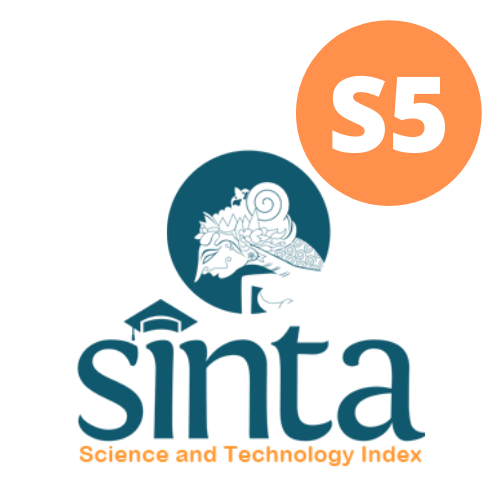Application of the Monte Carlo Method in Modeling and Simulation of Service Queuing Systems at PT. Pos Indonesia Persero Binjai
Abstract
Queues are events that we often encounter in various places that provide services to the public, one of which is the Post Office. Service to customer satisfaction is a very important thing, so that improving the quality of customer service must always be done. A good queuing system will affect consumer behavior and satisfaction. PT. Pos Indonesia Persero Binjai is a service company where the purpose of PT. Pos Indonesia (Persero) itself is customer satisfaction oriented. The problems that occurred at PT. Pos Indonesia Persero Binjai caused long queues to build up in queues. To overcome these problems, it is necessary to improve the system such as applying the queuing model application by applying the queuing model method and Monte Carlo simulation. Monte Carlo is a probabilistic simulation method that generates random input to mimic the existing conditions of a problem by estimating the same distribution and in accordance with reality. So that with the improvement of the system, the application of the queuing model can be applied, directing customers to take queue numbers, and monitoring the queue card arrangement, adding tellers to serve customers, enlarging the waiting room so that customers are comfortable waiting and also determine the characteristics and performance measures of the queuing system in part of the payment counter and delivery of goods that will help PT. Pos Indonesia Binjai Company.
References
[2] Iswandy, E., & Novinaldi. (2015). Modeling and Simulation in Determining the Number of Motor Product Sales Using the Monte Carlo Method Eka Iswandy 1 Novinaldi 2. Journal of Information Technology and Education, 8(Monte Carlo).
[3] Nashrulhaq, MI, Nugraha, C., & Imran, A. (2014). Elevator Queue System Simulation Model *. Online Journal of the National Institute of Technology, 2(Simulation Model), 121−131.
[4] Nursanti, I., Lisa P, A., Qoyyimah, M., CC, C., & Hannas A, M. (2015). Analysis of XYZ Skin Care Customer Queuing System Improvements Using a Simulation Model. IENACO, (Simulation Models), 234−239.
[5] Saputri, T., Nugraha, C., & Amila, K. (2014). Simulation Model For Vehicle Movement. Online Journal of the National Institute of Technology, 2(Simulation Model), 12−24.
[6] Sitompul, L. (2014). Simulation of Queuing for Card Filling Study Plan Single Queue Multi Server Model with First in First Out algorithm (Case Study: Stmik Budidarma Medan). Journal of Pelita Informatics Budi Darma, VII(Single Queue Multi Server), 79−84.
[7] Sridadi, B. (2009). System Modeling and Simulation: Theory, Application and Example Programs in C Language. Bandung: Informatics.
[8] Trikarita Gustyana, T., & Shintia Dewi, A. (2014). Price Accuracy of Call Op− Scholes on the Jakarta Composite Index (IHSG). Indonesian Journal of Management, 14(Black Scholes), 259−268.
[9] Wahyuningsih, S. (2013). Service Development Delivery Services PT. Pos Indonesia For Community Needs In Bandung City Shipment Service Development Of Pt Pos Indonesia For. Center for Research and Development of Post and Information Technology - Ministry of Communication and Informatics, (Services), 19−48.
[10] Zulfikar, Zulhelmi, & Amri, K. (2016). Design of Lighting Control Systems and Electronic Devices to Mimic the Occupants of the House.Jnte, 5(Control System), 2302−2949.

This work is licensed under a Creative Commons Attribution 4.0 International License.
















